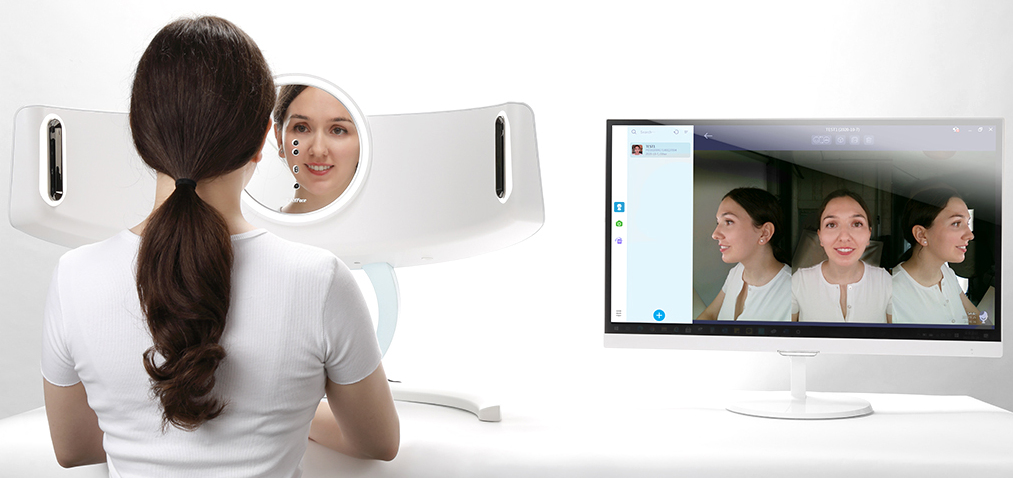3D printing, also known as additive manufacturing, is a process used to build objects one layer at a time. Materials such as plastics, liquids, or powder grains are fused layer by layer until the desired product is formed. Many of the 3D processes in use today were first developed and used in the late 1980s and 1990s. Potential applications for 3D printing are endless.
History of 3D Printing in Dentistry
The first use of 3D printing technology in dentistry was in the late 1990s to create dental implants. In recent years, the advances made in dental technology, such as CBCT and intra-oral scanning, have catapulted 3D printing usage.
Uses of 3D Printing in Dentistry
Some of the uses of 3D printing in dentistry are making surgical guides for implants, producing study models, orthodontics (with the production of clear aligners), and much more.
An example of a 3D printer used in dentistry is the RAYDENT Studio 600 3D printer. The RAYDENT can create surgical guides, dental models, and temporary crowns and bridges in only 20 to 50 minutes. Nothing beats having the perfect temporary crown for an anterior tooth or the peace of mind of placing an implant with a surgical guide. Using a surgical guide to place implants is foolproof because you know exactly where you are placing them without worrying about angulation or hitting vital structures.
Benefits of 3D Printing in Dentistry
Dentists have used dental laboratories for years, so why would you want to add a 3D printer to your arsenal of tools? Below are some of the reasons you want to add a 3D printer
Benefits for the dentist:
A dentist can save money by making high-quality products (surgical guides, models, and temporary crowns) in-house, bypassing the dental laboratory. Compared to setting up a dental laboratory in-office and hiring a skilled lab tech (which will cost well over $100,000), dentists can buy a good quality 3D printer for about $6,000. The dentist can also plan a case start- to finish virtually and make replicas used during patient education to help patients visualize and understand the treatment they will be receiving.
Benefits for the patients:
Since the dentist saves on lab bills, those savings you can passed on to patients.
More accurate and consistent results minimizing the number of repeat visits, thus saving patients time and money.
Faster and more accurate dental services:
Making temporaries for crowns and models can be time-consuming. 3D printing makes things faster and more accurate and reduces chair time. As mentioned earlier, the RAYDENT Studio 600 3D printer makes temporaries in as little as 20 minutes. While you are prepping the tooth for a crown, the temporary is being made and by the time you are done, the temporary is ready to cement.
Digital dentistry is here to stay, and it has already disrupted the way dentistry is practiced. The popularity of digital dentistry is because it has efficient, consistent, high-quality, and low-cost benefits. With this increase in digital dentistry, 3D printer usage is here to stay.

